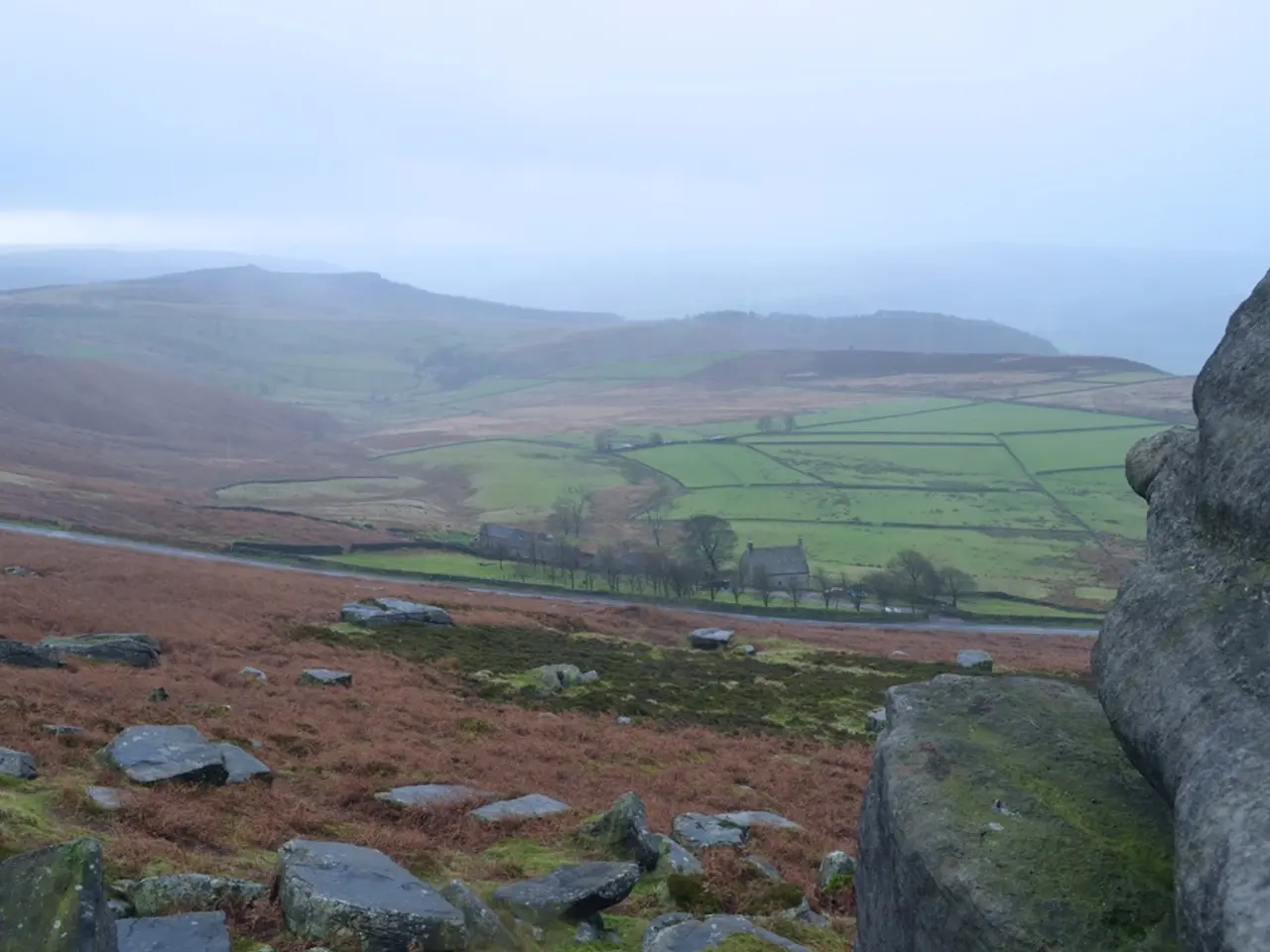Europe's campaign to limit mass tourism and ensure less congested coastal areas
In recent years, Europe has witnessed a surge in tourist numbers, with Spain, Italy, Greece, and Austria among the most visited countries. This growth has boosted the economy but also strained the natural and cultural resources of many destinations. To address this challenge, these countries, along with others, are implementing innovative strategies to protect their culture and nature.
Spain
Spain is taking a multi-faceted approach to sustainable tourism. The government is promoting less crowded areas such as rural towns in the Basque countryside and lesser-known Andalusian towns to reduce pressure on major tourist hotspots like Barcelona. This strategy aims to distribute tourism more evenly across the country, preserving local culture and natural environments.
Another initiative in Spain focuses on developing cycling tourism. The project, known as Pedal Spain, involves creating a network of stakeholders, documenting cycling experiences, developing digital platforms, and promoting Spain as a premier cycling destination. This not only supports local economies but also encourages environmentally friendly travel practices.
Spain is also enhancing its tourism framework to balance growth with sustainability. Strategies include promoting slow travel, digital nomadism, and culinary tourism. These strategies aim to provide immersive experiences while reducing the environmental impact associated with mass tourism.
Greece
While specific innovative strategies for Greece are not detailed, the country has historically been a proponent of sustainable tourism initiatives. Greece often promotes eco-friendly accommodations and supports local communities through tourism, aiming to preserve its cultural heritage and natural beauty.
Italy
Cities like Venice and Florence are investing in sustainable infrastructure to manage tourist flows more effectively. Venice, for example, has banned large cruise ships from entering the historic center and introduced an entry fee to control visitor numbers.
Italian cities also implement strict regulations on group tour sizes and visitor behavior to protect cultural sites and local communities from overtourism. Furthermore, cities like Florence and other Italian cities are promoting alternative forms of tourism to discourage mass tourism, focusing instead on cultural and sustainable experiences that support local economies without overwhelming them.
A Shift in the Future of Travel
These strategies aim to preserve cultural and natural resources while supporting local economies in the face of increasing tourism. The implementation of these measures may impact travelers visiting Santorini, the Dolomites, Lake Brienz, and other popular destinations.
Countries like Spain, Greece, and Italy are not alone in this endeavour. Austria and Switzerland also feel the growing tourist streams, but details about specific measures taken by these countries were not provided. Scandinavia is trying to find a balance between tourism growth and environmental protection with sustainable approaches, although details about the specific measures taken were not provided in this paragraph.
The residents of Mallorca, Santorini, and Hallstatt feel overwhelmed by the annual influx of 13.5 million, 2 million, and uncertain numbers of tourists, respectively. These strategies could change the future of travel, making it more sustainable and beneficial for both tourists and the destinations they visit.
These strategies are not only relevant to travelers but also to anyone interested in understanding the future of tourism. As the world continues to become more connected, it is crucial for destinations to protect their cultural and natural heritage while providing enjoyable experiences for visitors.
- Spain's travel lifestyle is evolving with a focus on sustainable tourism, as the government promotes rural areas and cycling tourism to distribute tourism more evenly and encourage environmentally friendly practices.
- Greece's commitment to sustainable travel is demonstrated through promoting eco-friendly accommodations and supporting local communities, while Italy is investing in sustainable infrastructure to manage tourist flows and protect cultural sites.




